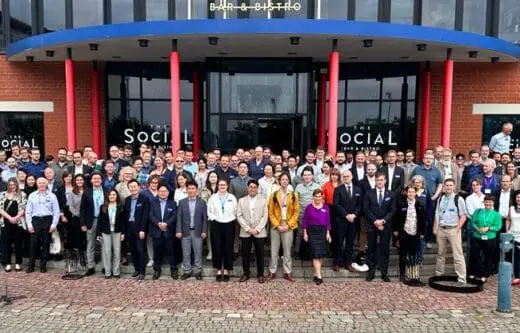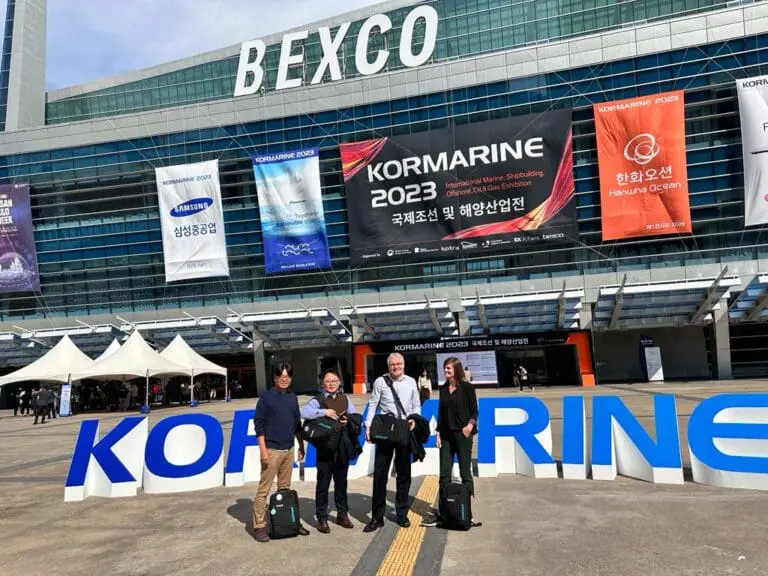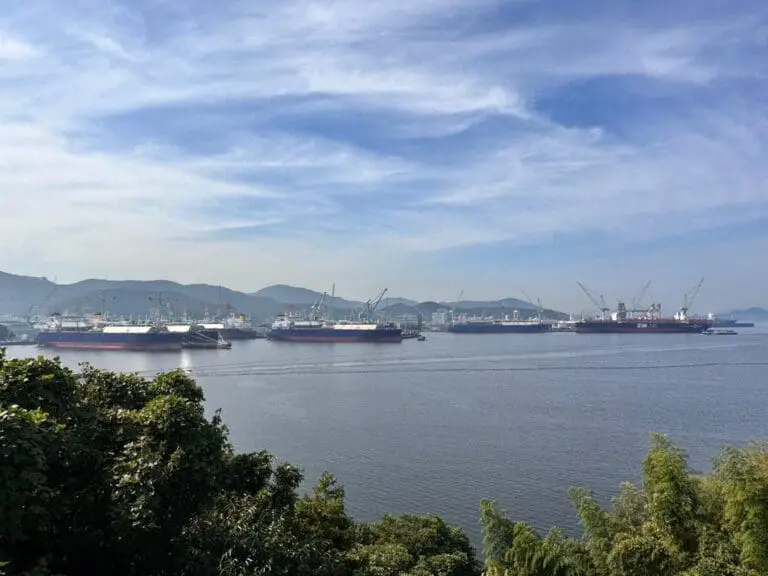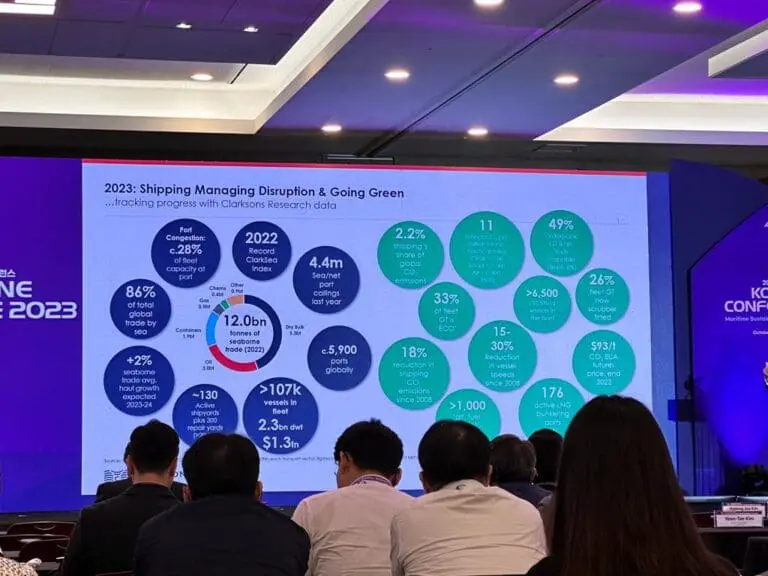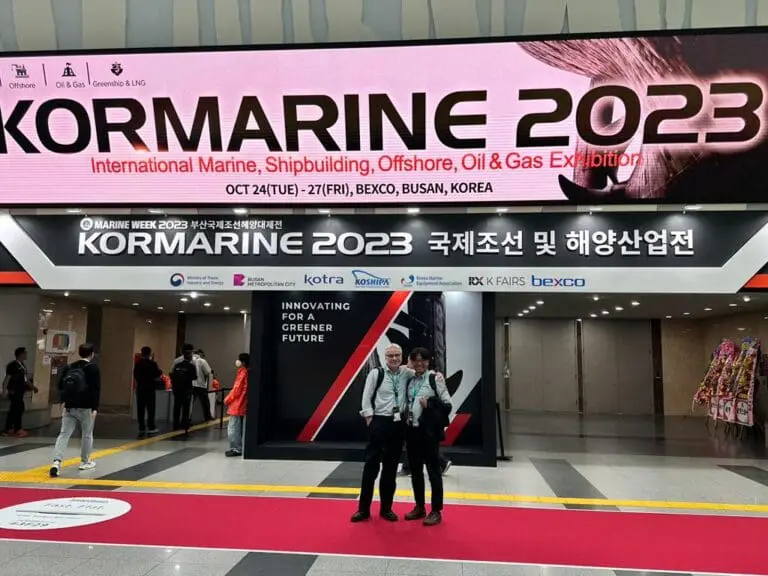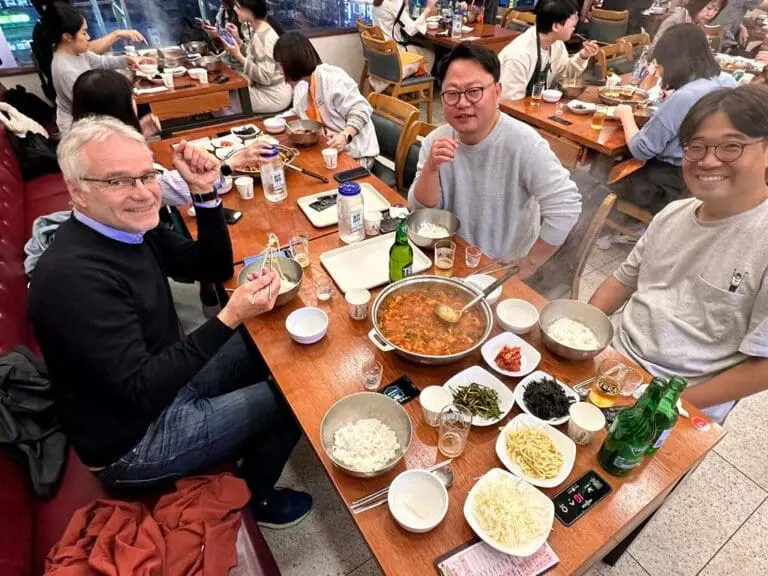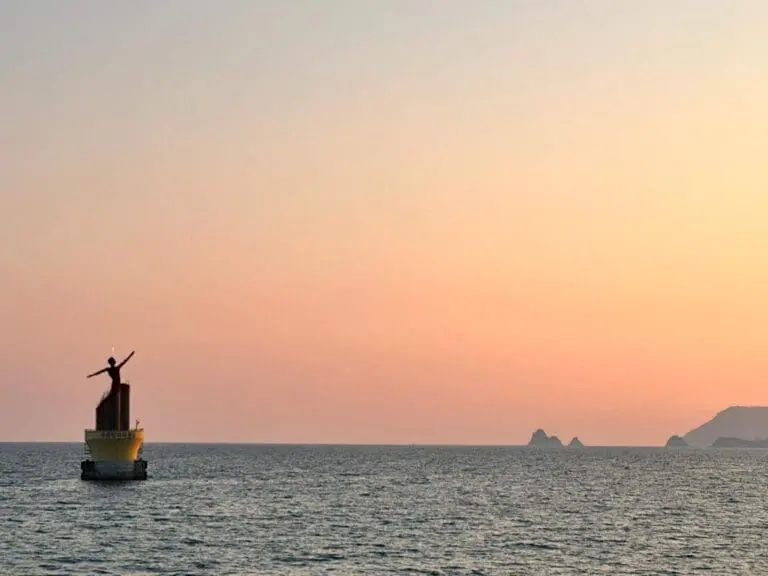Biofouling: reflections from Kormarine 2023
It’s late October and the global maritime industry has gathered in Busan, South Korea for the bi-annual Kormarine trade fair. This isn’t the first time that I-Tech has attended this trade fair. After all, South Korea is one of the largest markets for our technology, Selektope. But this time is different.
In the past couple of years, regulatory developments on an international and regional scale have brought biofouling management and the role of antifouling coatings technology much more to the forefront compared to previous years.
It is always interesting to see how the antifouling technology market is represented at this fair, or how loud or prevalent talk of marine biofouling is. This year, we anticipated that the message of the impact of biofouling on vessel decarbonisation would be louder and talk of marine biocides would be greater due to key regulatory progressions around decarbonisation made by the IMO and at a regional level in Korea for marine antifouling coatings and biocides from the Korean Ministry of Environment.
When visiting the trade fair, the presence of antifouling company exhibition stands was minimal, apart from that of the Korean paint manufacturer KCC. That isn’t anything unusual. While in trade fairs hosted in locations in Northern Europe, the US or in Singapore it is common to find all of the largest marine paint manufacturers with a footprint on the exhibition floor, at Kormarine, side seminars were held by most major paint manufacturers instead.
Conference topics and presentations at Kormarine were laden with talk of achieving IMO-compliant vessels, sparked by the tightening of greenhouse gas (GHG) emission reduction ambitions in July by the IMO’s 80th Marine Environmental Protection Committee (MEPC80). The lack of green fluffy messaging and slogans was very apparent on the exhibition floor and in speeches. The cold hard fact of needing to comply with decarbonisation regulations and having ‘IMO-compliant’ vessels that have a good CII rating, were the dominating messages.
In meetings with our customers, shipyards and the media, which we attended with our importer and distributor in Korea, KhaiEL it was clear that there is sustained strong interest in our barnacle repelling biotechnology, Selektope in the region.
We heard that Selektope continues to be a key component of many of the coatings used by shipyards in South Korea to both protect vessels from barnacles for up to five years sailing time and also for use in specialised outfitting coatings, the purpose of which is protection of the coating from barnacle fouling during extensive outfitting periods. This is because barnacle fouling during outfitting is a significant challenge for shipyards in South Korea.
This demand for Selektope is reflected in our increasing sales to customers who have existing 60M antifouling paint products and specialised outfitting paint products used by South Korean yards, or those in the process of developing new products. Selektope has been so effective at solving the problem of keeping freshly painted ship hulls free from hard fouling until sea trials that demand from South Korean shipyards for our technology is increasing every year. To-date, multiple products have been launched to tackle the outfitting barnacle fouling challenge, the first by Chugoku Marine Paints and the second by Hempel, in addition to many more since.
Outside of challenges faced in keeping antifouling coated hulls clean during the outfitting phase, ship owners are aware of the significant contribution that the underwater hull condition plays in a vessel’s CII rating score. Antifouling coatings are the first line of defence against marine biofouling. However, fouling challenges faced by vessels are changing due to vessel activity patterns modifying according to global events and weather patterns, longer idling times and frequency and increasing fouling pressures in waters, which provokes higher demand for hull performance and vessel efficiency.
In addition to vessel efficiency challenges, we heard apprehensions around the Ministry of Environment of Korea (MoE) enforcing future restrictions around the toxicity of marine paints through the Act on Registration and Evaluation of Chemical Substances (known as K-REACH due to its similarity to the EU REACH regulation.) K-REACH sits alongside the Consumer Chemical Products and Biocide Safety Management Law (known as K-BPR) which concerns the placing on the market and use of biocidal products.
Under K-REACH regulations and the Chemical Control Act several marine biocides commonly used in antifouling paints have been designated as toxic substances. Typically, several biocides are used together with a form of copper in a biocide package to ensure continuous, sustained release of antifouling protection over the entire lifespan of a vessel. However, the incoming restrictions are driving paint manufacturers to develop lower-biocidal coatings that meet MoE limits on biocide concentrations in marine paints applied In Korea.
Therefore, developing antifouling coatings with biocide combinations with low enough concentrations for the paint product to not be classed as toxic is a challenge that paint manufacturers are facing.
This also presents a significant challenge for Korean shipyards in selecting marine coatings for vessels that are not considered to be toxic under K-REACH requirements and still deliver the biofouling protection performance required for IMO-compliant sailing.
For I-Tech, keeping ahead of industry perceptions of biofouling management and regulations is essential. In South Korea, under the K-REACH regulations, Selektope is a key part of the solution due to its efficacy in as low concentration as 0.1% per w/w paint. However, since Selektope only prevents barnacle fouling it only represents one piece of the puzzle. We believe that collaboration between the R&D departments of biocide suppliers and paint manufacturers will be key for developing products with lower biocidal loadings with the potential to meet K-REACH regulatory requirements for safer use in South Korean shipyards in the future.
Related articles
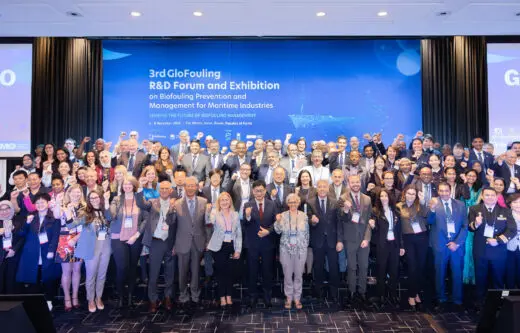
Innovative Solutions and Global Collaboration: Highlights from the 3rd GloFouling R&D Forum in Busan
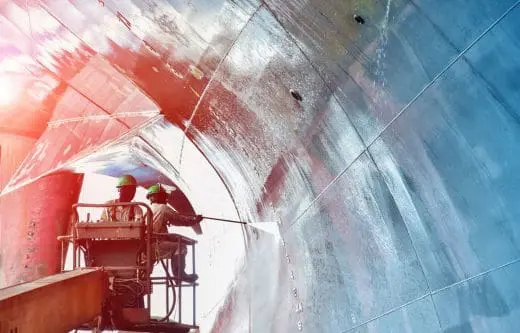
Take aways from IMarEST Biosecurity Symposium 2024
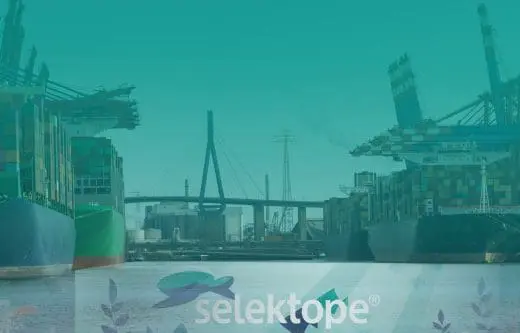
Navigating innovation for smooth sailing: A recap of SMM 2024
